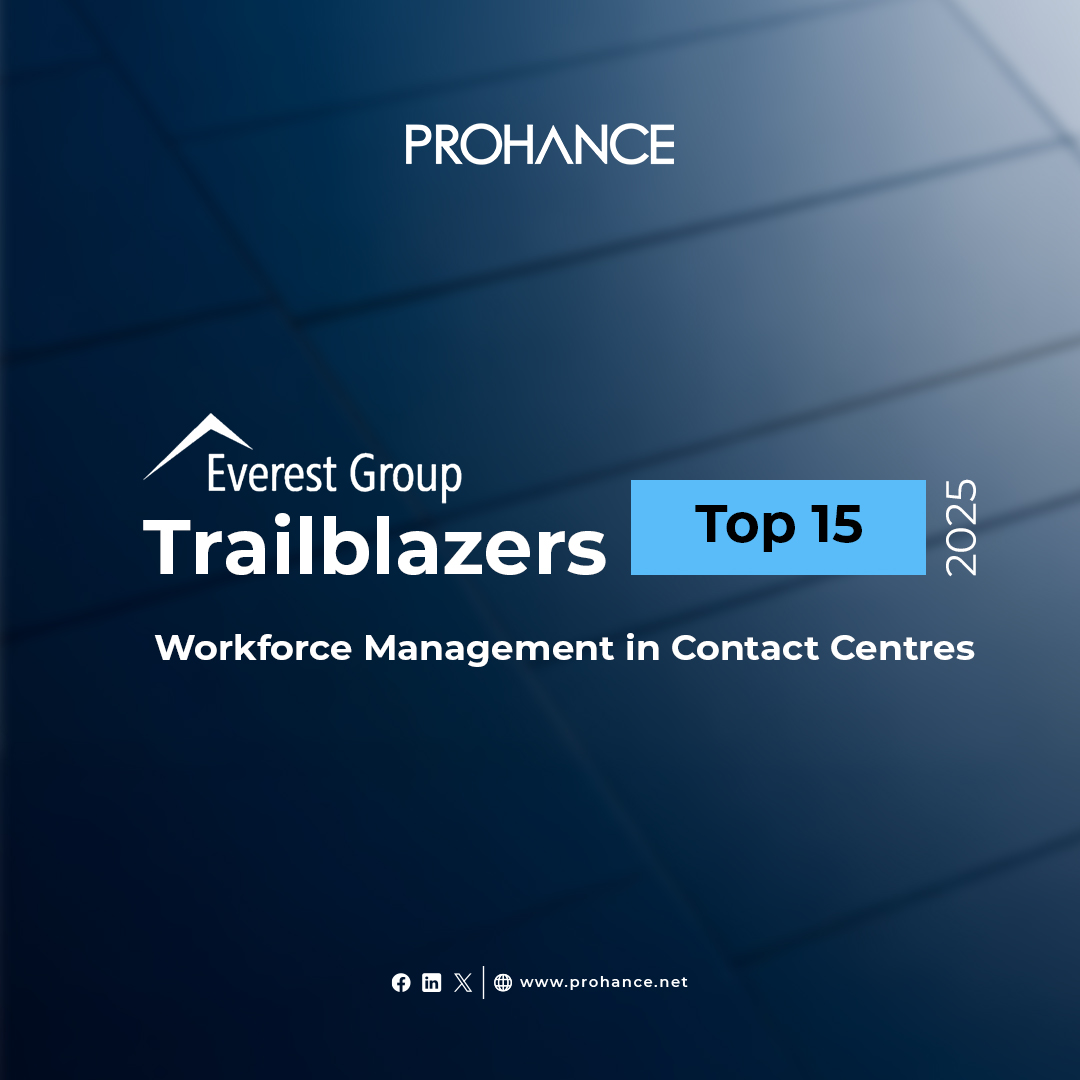Key Components of a Hybrid Workforce:
Remote Work:
Employees in a hybrid workforce have the flexibility to work remotely, leveraging digital tools and technologies to connect with colleagues, access resources, and complete tasks from locations outside the traditional office setting.
In-Person Collaboration:
While remote work is a significant aspect, a hybrid workforce also emphasizes in-person collaboration. Team members may come together at designated times or for specific activities, fostering face-to-face interactions that can enhance teamwork, creativity, and relationship-building.
Digital Connectivity:
A robust digital infrastructure is crucial for a hybrid workforce. Seamless communication platforms, project management tools, and virtual collaboration technologies enable employees to stay connected and engaged, regardless of their physical location.
Flexibility and Autonomy:
One of the defining features of a hybrid workforce is the autonomy and flexibility granted to employees. They have the freedom to choose when and where they work, accommodating diverse work styles and personal preferences.
Advantages of a Hybrid Workforce:
Work-Life Balance:
A hybrid workforce promotes improved work-life balance by allowing employees to design their workdays around personal commitments and preferences.
Talent Attraction and Retention:
Offering flexibility in work arrangements makes an organization more attractive to a diverse talent pool. It also aids in retaining skilled employees who value the freedom to balance work and personal life.
Cost Savings:
Companies can realize cost savings in terms of office space, utilities, and related expenses when a portion of the workforce operates remotely, contributing to a more efficient allocation of resources.
Increased Productivity:
For many individuals, the flexibility to work in environments conducive to their productivity can lead to increased overall job performance and satisfaction.
Challenges in Implementing a Hybrid Workforce:
Technology Integration:
Ensuring seamless integration of digital tools and technologies is crucial to overcome potential barriers in communication and collaboration.
Cultural Shift:
Transitioning to a hybrid workforce requires a cultural shift, necessitating open communication, trust-building, and a commitment to results-oriented performance.
Equity and Inclusion:
Organizations must address challenges related to equitable access to opportunities and resources for both remote and in-person team members to foster an inclusive work environment.
Management and Leadership Adaptation:
Leaders and managers need to adapt their leadership styles to effectively manage a dispersed team and foster a sense of unity and purpose.

